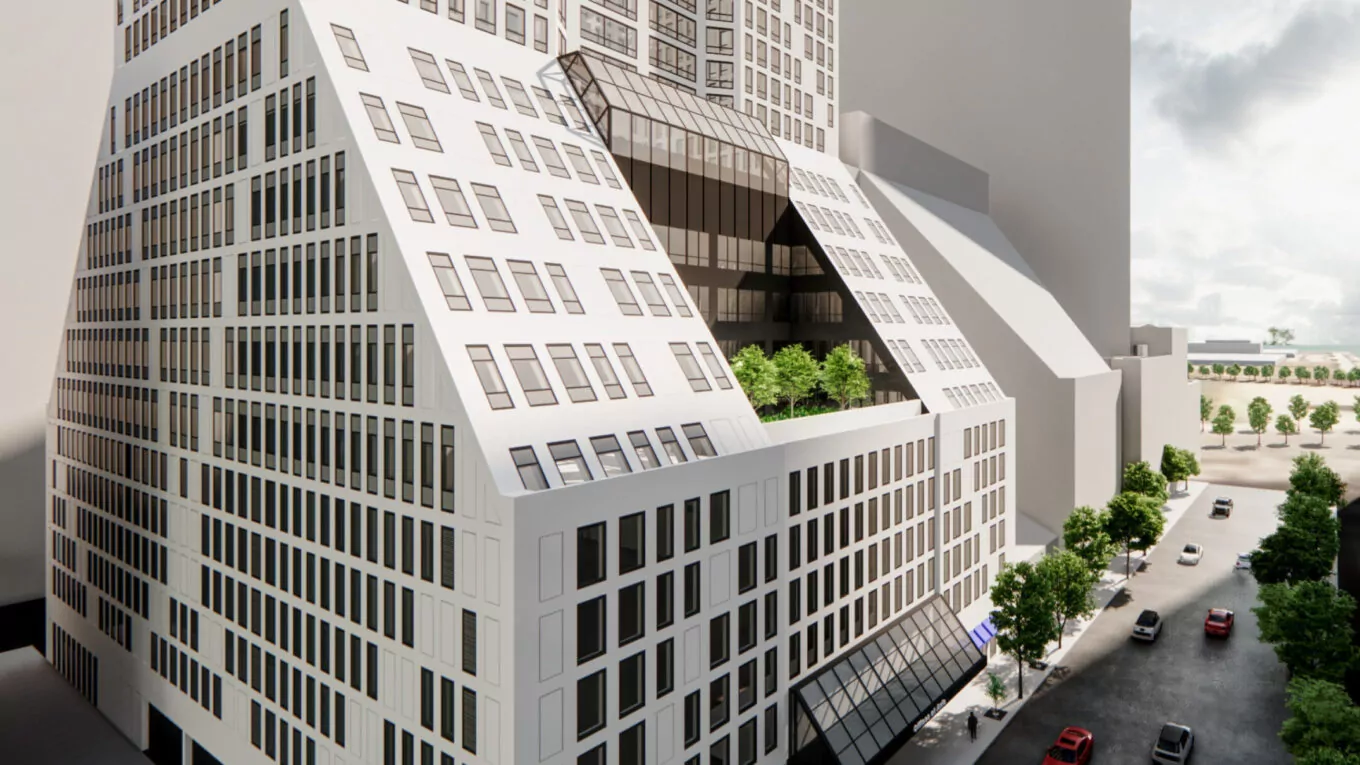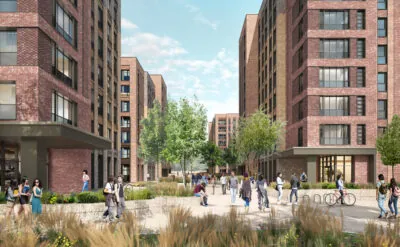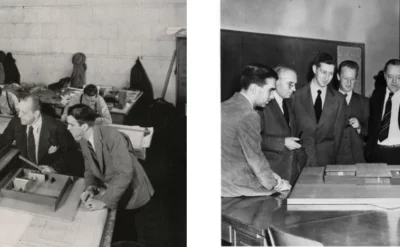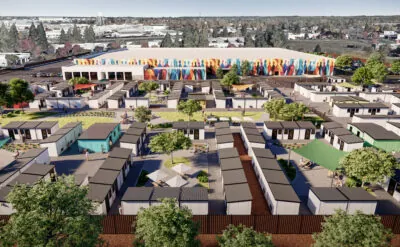Urban regeneration strategies are a long game – but can bring significant value over time as a transformative force for neighborhoods and cities. The value can be measured through economic growth, as well as sustainable benefits for cities, owners, developers and occupants. While the industry talks a lot about the value of single building conversions, which is a big part of urban regeneration, the larger focus is acting on holistic strategies that attract capital to downtown cores through land and asset redevelopment.
In a related Insight Article titled, Transforming Office Buildings to Livable Spaces, we provided the key drivers and design considerations of office to residential conversions. These projects are actively being pursued in many cities thanks to municipalities that are offering development incentive plans to shore up their tax base and bring people back to the city. This Insight Article reaches further. It explains how urban regeneration strategies are creating more livable cities by densifying neighborhoods that in turn generate new revenue to make existing infrastructure more resilient. Everybody benefits.
Urban Planning
The fifteen-minute city is an urban planning concept where essential services are accessible within a 15-minute walk or bike ride. Think about it as a self-contained, inclusive neighborhood. It’s an attractive solution where zoning brings multiple uses together to form vibrant neighborhoods. This concept is a significant departure from the traditional planning of separate zones within a city such as the residential zone, business district and main retail corridor.
Do they exist today? You can argue ‘yes.’ This is the direction we’ve been heading in with many of our urban renewal strategies. The end goal is to link each densified building or parcel of land within a neighborhood to each densified neighborhood as a contributor to the overall health of a city. It’s a planning exercise and an evolution that requires communication and collaboration from all stakeholders.
We know that urban sprawl exacerbates irreversible negative consequences on the health of our planet. Densification of urban cores, if managed with resilient objectives, and in conjunction with other sustainable planning initiatives, can help slow the rise of the earth’s temperature. Today, 56% of the world population lives in urban centers and cities. Urban population growth is expected to more than double by 2050. This will result in nearly 7 out of 10 people living in urban centers creating more super cities above 10 million inhabitants. The speed and scale of urban growth means that housing stock is at a premium. Cities all around the world need to plan for alternative solutions to create housing infrastructure including affordability shortfalls. Infrastructure, such as transportation and basic services, requires holistic planning and development.
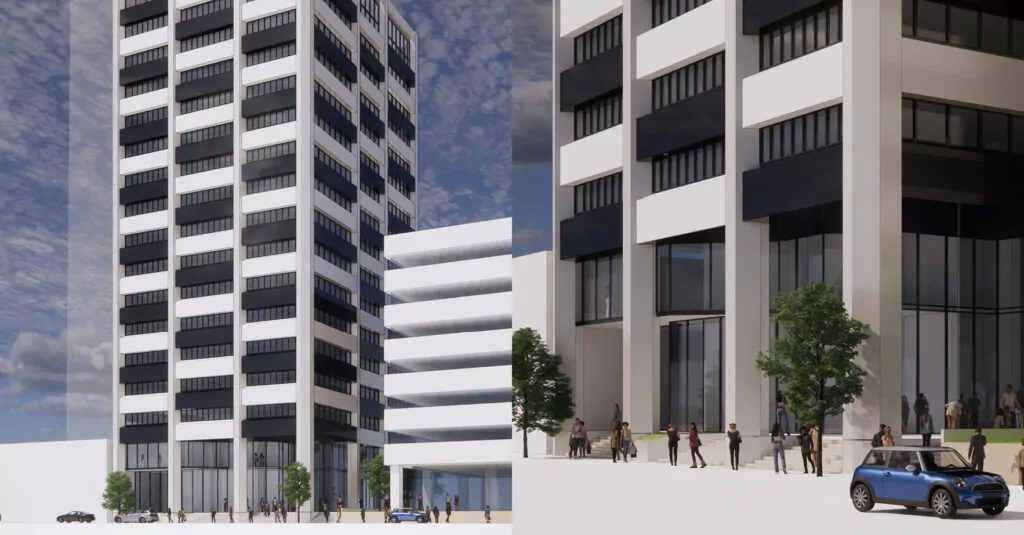
Economic Viability
While cost remains a challenge for land acquisition and vertical densification of existing buildings, there is an immediate two-pronged approach to get traction: take advantage of city-sponsored funding programs; and leverage conversions that offer speed to market for a faster return on investment (ROI).
In all of our regions – Canada, US and UK – there are incentive programs from cities and planning departments that are seeking to densify urban cores through adaptive reuse. They understand that in order to sustain or grow their tax base, they need to incentivize owners and developers. Further, new investment attracts additional capital.
Our active conversion projects seek to leverage existing incentive programs where possible – from tax credit incentives for historical restoration projects to direct municipal grants for redevelopment. Every conversion project is different and requires investigation to achieve a workable proforma. This can be achieved through a combination of more compact units with more robust and productive amenity spaces, as well as opportunities to monetize the amenities for use by those in the neighborhood in support of our new hybrid work environment.
Sustainability Benefits
Taking existing underutilized buildings and bringing them back to market is a sustainable solution. The ability to reuse existing municipal infrastructure and systems can bring buildings back to market with new purpose and a transition to a net zero environment with less demand upon virgin land and materials. We recognize this transition will not happen in one giant leap. Rather, the transition will be in step with the sustainability objectives of our clients, partners and stakeholders. Developing relevant, cost-conscious building and system solutions can bring us closer to a net-zero world with every project.
What we learned coming out of the pandemic is that the well-being of building occupants is just as important as the building itself. Sustainable design must consider both. As an example, the more natural daylighting we can bring into a building the better to support human circadian rhythms. Plus, electric lighting requires less energy. The result of this type of planning and design helps to foster healthy occupants and healthy buildings. Through adaptive reuse, we can extend the lifecycle of a building. The direct impact is a reduction in greenhouse gas emissions from embodied carbon by utilizing existing structures.
There are multiple rating systems that help to guide the desired outcome, most of which are designed to work in tandem so that projects are promoting both sustainability and health-focused outcomes.
Social Value
Multi-zone redevelopments and incentive programs can address housing inequities, affordability and diversity. A few key benefits of urban regeneration include:
- Expanding the housing supply with strategic, well-planned densification
- Enabling affordability and stability
- Increasing the availability of built-to-rent and diverse housing options
- Contributing to physical and mental well-being with an increased ability to walk and cycle
- Placing housing near access to public transit
- Supporting local businesses and growing the goods and services base
- Attracting capital to sustain and update city infrastructure
- Fostering community development and encouraging long-term investments in the rental market
- Reinforcing civic pride
- Facilitating human interaction at the local level
- Improving social programs with a stable tax base
Few single projects can simultaneously address so many of the 17 UN Sustainable Development Goals. However, urban planning in its holistic sense can stimulate multiple Goals through regeneration strategies that create good health and well-being (#3), decent work and economic growth (#8), reduce inequalities (#10), sustainable cities and communities (#11), address climate action (#13), life on land (#15) and partnerships (#17). In fact, partnerships is the catalyst for urban regeneration to happen.
Start a conversation about building conversions or urban regeneration strategies with our team of planners, architects, engineers and interior designers.
